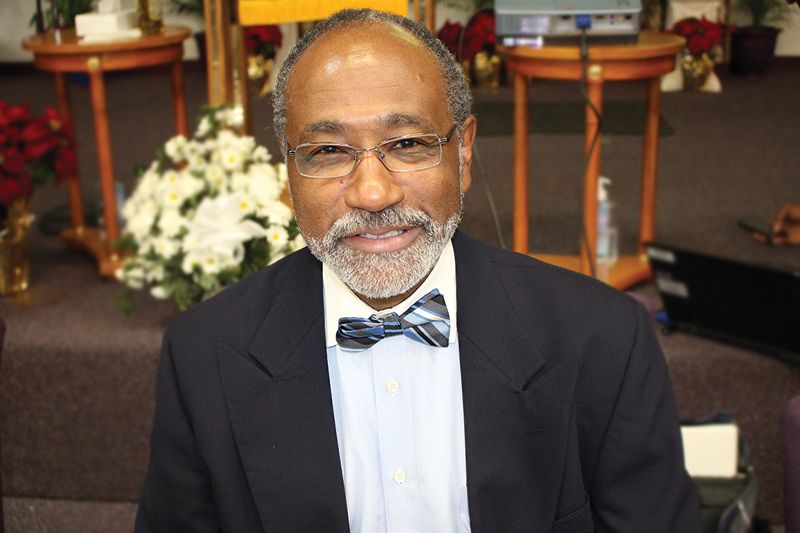Dr. Ricardo A. Davis, President, COQEBS
By Dr. Ricardo A. Davis, President, COQEBS
PINELLAS COUNTY — The primary issue with social justice and public education (not unique to Pinellas) is the achievement gap. This phenomenon has existed for as long as we have been evaluating public schools (Brown v Board, 1954). And, the disparity is between Black and Hispanic compared to white students.
In Pinellas, there have been two lawsuits attempting to address the issue. First (Bradley) from the NAACP Legal Defense in 1964 and settled in 1971 (Bradley), and then the Concerned Organization for Quality Education for Black Students (COQEBS) in 2000 and settled in 2010, granting COQEBS plaintiff status, and charging COQEBS with monitoring Pinellas School System’s implementation of the court Settlement Agreement (Crowley).
On Crowley, we sent a notice to the district in 2015, declaring that little or no progress was being made by Pinellas to close the achievement gap, and therefore, we may need to return to court. The district response was to enter into mediation, which resulted in a revision of the 2010 Settlement Agreement. It now requires the district to demonstrate progress in closing the achievement gap in 10 years or less, known as the Bridging the Gap Plan (BTG).
The revised Settlement Agreement also requires the district to report outcomes quarterly and annually to COQEBS and the community in six specific areas: graduation rates, student achievement, advanced coursework, student discipline, ESE identification and minority hiring (in the classroom).
In recent years, although we have not eliminated the achievement gap, some numbers are trending in the right direction; not all, and therein lies a more transparent picture of how Black and Hispanic students are doing in the Pinellas County School system.
For example, although the district’s reports show more Black and Hispanic students in advanced coursework, it is silent on proficiency in the coursework. Graduation rates have been reported as “the highest in the district’s history,” but inside those rates is the increased reliance on the ACT and SAT scores as part of “concordance scores” to achieve graduation.
While this is not unique to Pinellas County, it does skew the value of a graduation diploma using these alternate methods. There is currently no available data on the future of these students leaving the system through the ACT and SAT.
We know that Black and Hispanic students’ performance on average on these other assessment tools is so low that they are unlikely to meet the average University of South Florida freshman entrance requirements. In 2017, a study was conducted to determine whether the SAT and ACT may be administered in place of the 10th grade standardized ELA assessment and the Algebra 1 end-of-course assessment for high school students.
The report concluded that the SAT and ACT would need significant changes to achieve comparability with the ELA and Algebra 1 assessments. However, the state did formally change to the Florida state standards, assessment, and accountability system by accepting the ACT and SAT performance in Florida high schools and eliminating the ninth grade FSA-ELA Reading test.
There is also no mention of student discipline (out-of-school suspensions). Although all out-of-school suspensions have been trending downwards (which can be achieved by less out-of-school disciplinary actions), there is little or no progress on the disparity between Blacks and Hispanics versus the majority student population. So, silence on this and other issues inside the Superintendent’s report is not transparency. We must be honest and tell the good the bad and the ugly.
Therefore, the state of Black and Hispanic students’ academic achievement in Pinellas County is nuanced and should not be told by merely declaring that more Black and Hispanic students are graduating, or in advanced courses.
In light of COVID-19, the move to a digital platform in the school system, and the increased racial justice awareness across the country, the real question is how will Pinellas County School System’s plan address students with the greatest need, and the historically underserved communities in education?









